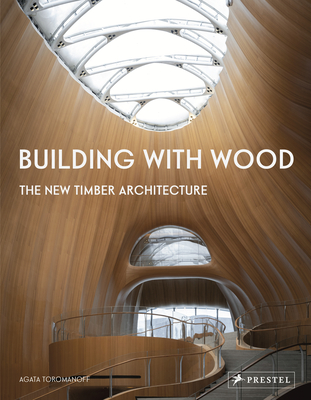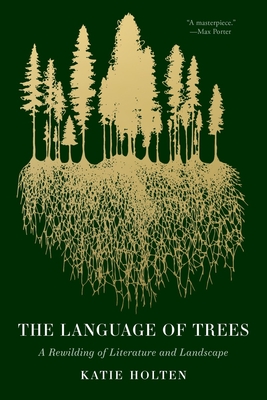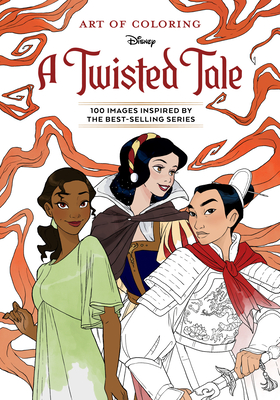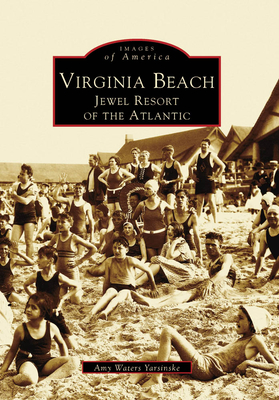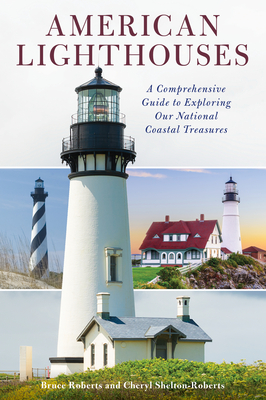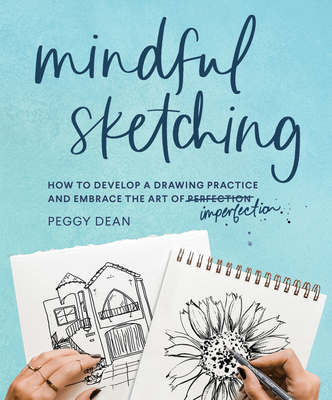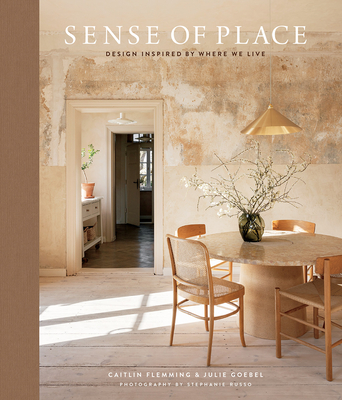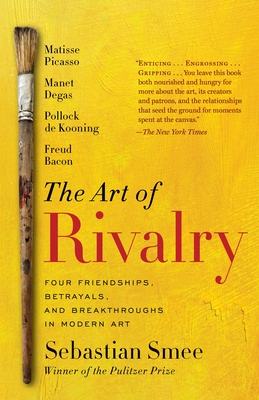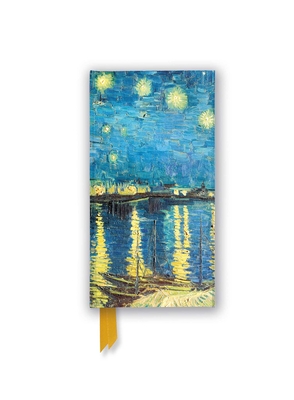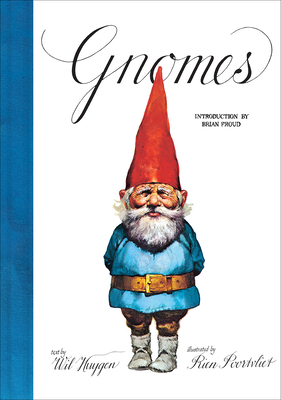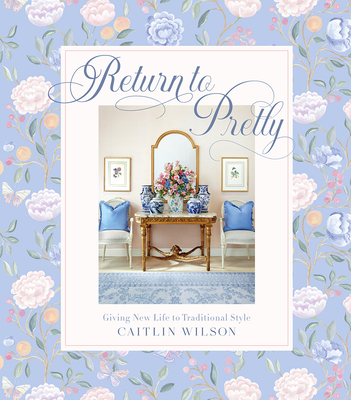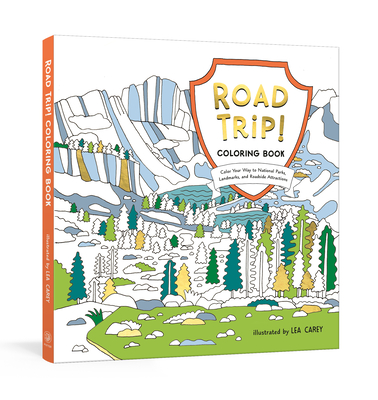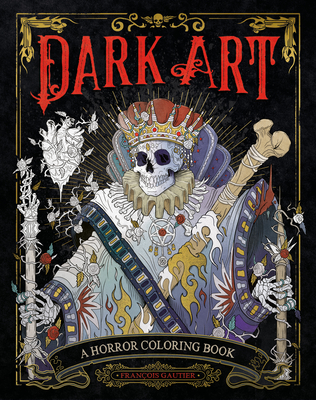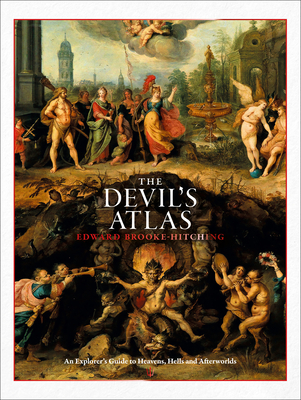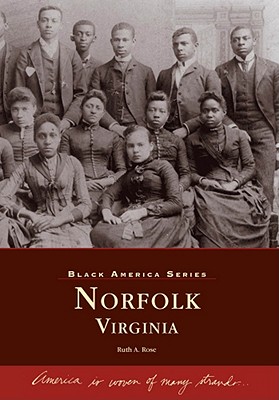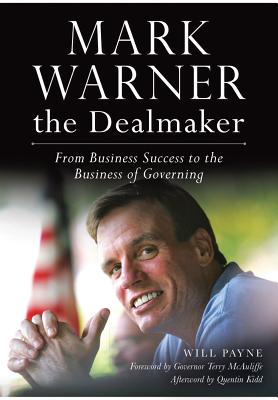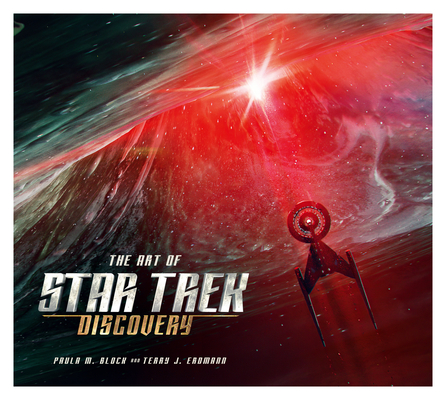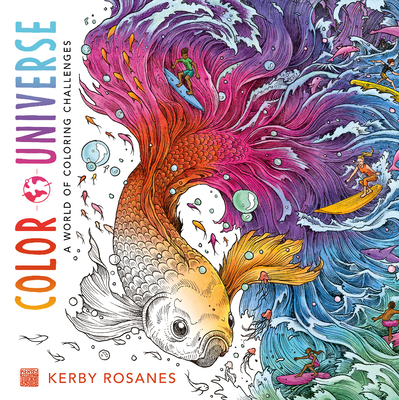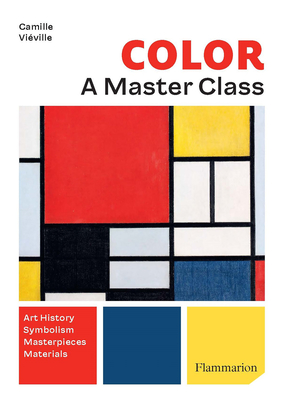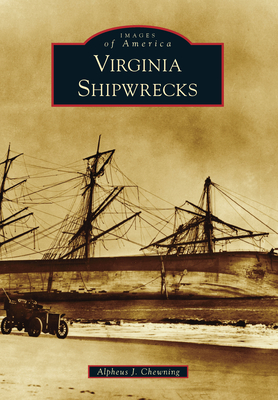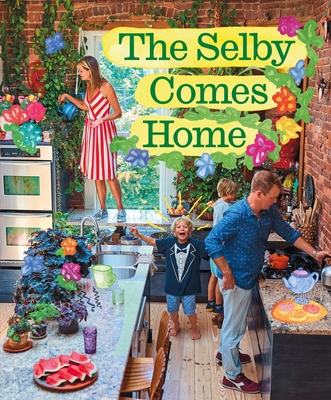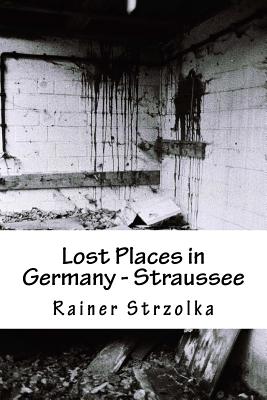
Lost Places in Germany - Straussee (The Lost Place Library. Galerie F)
Description
Strictly limited to 10 pieces worldwide. Rainer Strzolka Lost places in Germany - Straussee - The analogue project. Rainer Strzolka ( 1956, Berlin) makes photos, performances, media art and films. By parodying mass media by exaggerating certain formal aspects inherent to our contemporary society, Strzolka often creates work using creative game tactics, but these are never permissive. Play is a serious matter: during the game, different rules apply than in everyday life and even everyday objects undergo transubstantiation. His photos sometimes radiate a cold and latent violence. At times, disconcerting beauty emerges. The inherent visual seductiveness, along with the conciseness of the exhibitions, further complicates the reception of their manifold layers of meaning. By emphasising aesthetics, he makes works that can be seen as self-portraits. Sometimes they appear idiosyncratic and quirky, at other times, they seem typical by-products of American superabundance and marketing. His works are often classified as part of the new romantic movement because of the desire for the local in the unfolding globalized world. However, this reference is not intentional, as this kind of art is part of the collective memory. With a subtle minimalistic approach, he wants to amplify the astonishment of the spectator by creating compositions or settings that generate tranquil poetic images that leave traces and balances on the edge of recognition and alienation. His works are characterised by the use of everyday objects in an atmosphere of middleclass mentality in which recognition plays an important role. By applying a poetic and often metaphorical language, he reflects on the closely related subjects of archive and memory. This often results in an examination of both the human need for 'conclusive' stories and the question whether anecdotes 'fictionalise' history. His works are an investigation of concepts such as authenticity and objectivity by using an encyclopaedic approach and quasi-scientific precision and by referencing documentaries, 'fact-fiction' and popular scientific equivalents. By taking daily life as subject matter while commenting on the everyday aesthetic of middle class values, he creates work in which a fascination with the clarity of content and an uncompromising attitude towards conceptual and minimal art can be found. The work is aloof and systematic and a cool and neutral imagery is used. His works appear as dreamlike images in which fiction and reality meet, well-known tropes merge, meanings shift, past and present fuse. Time and memory always play a key role. In a search for new methods to 'read the city', he seduces the viewer into a world of ongoing equilibrium and the interval that articulates the stream of daily events. Moments are depicted that only exist to punctuate the human drama in order to clarify our existence and to find poetic meaning in everyday life. His practice provides a useful set of allegorical tools for manoeuvring with a pseudo-minimalist approach in the world of photography: these meticulously planned works resound and resonate with images culled from the fantastical realm of imagination. By using an ever-growing archive of found documents to create autonomous artworks, he creates work through labour-intensive processes which can be seen explicitly as a personal exorcism ritual. They are inspired by a nineteenth-century tradition of works, in which an ideal of 'Fulfilled Absence' was seen as the pinnacle. His works are often about contact with architecture and basic living elements. Energy (heat, light, water), space and landscape are examined in less obvious ways and sometimes developed in absurd ways. By referencing romanticism, grand-guignolesque black humour and symbolism, he focuses on the idea of 'public space' and more specifically on spaces where anyone can do anything at any given moment.

